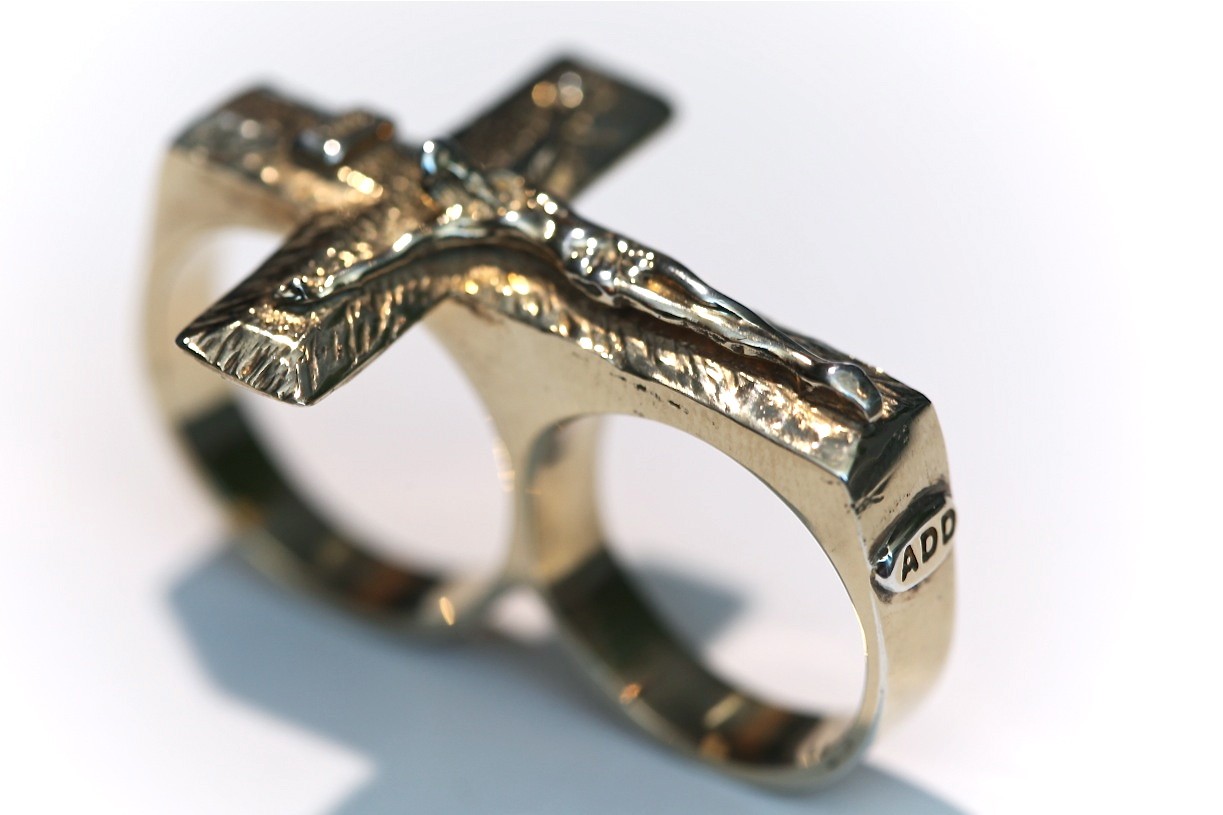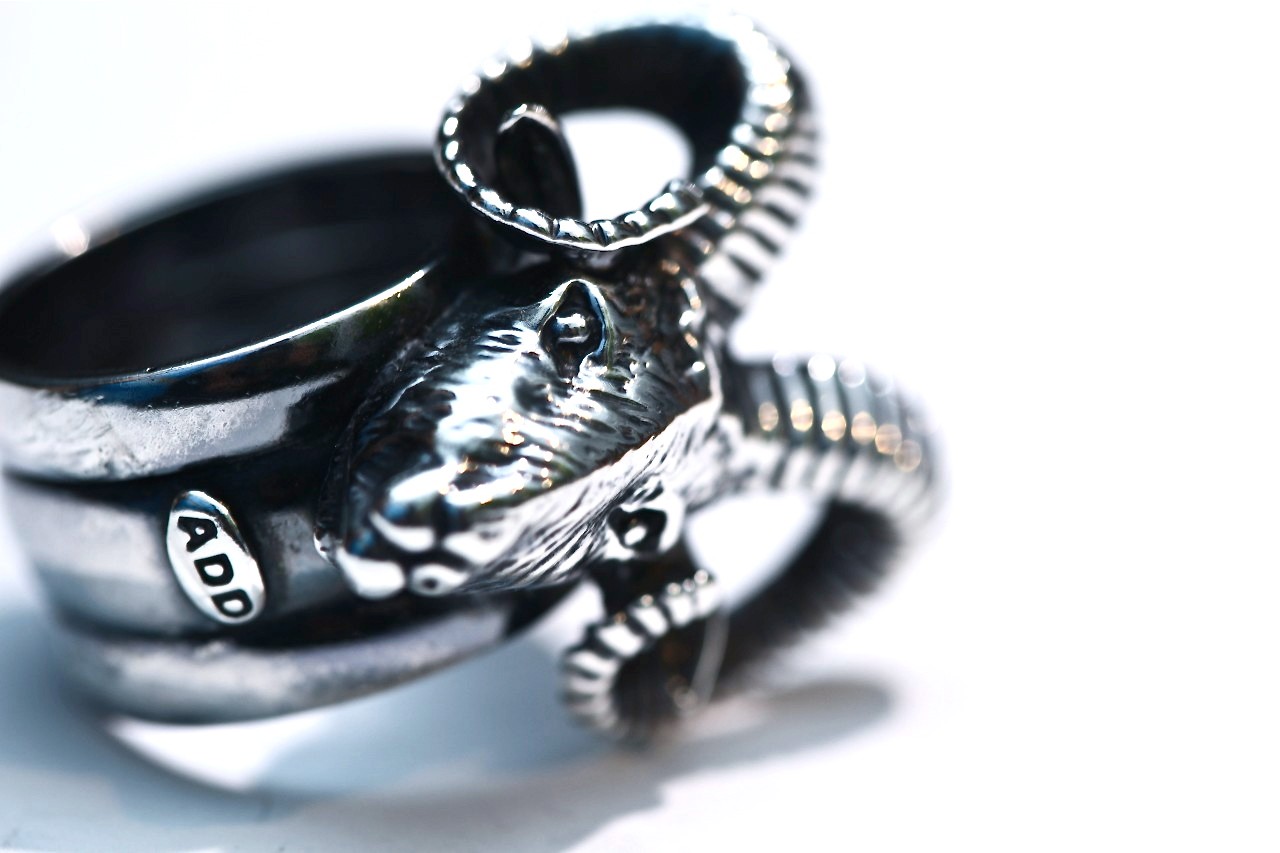We’re excited to introduce you to the always interesting and insightful Jebbs Rodrigues. We hope you’ll enjoy our conversation with Jebbs below.
Jebbs, looking forward to hearing all of your stories today. Would you say you are more focused on growing revenue or cutting costs? We’d love to hear how you think about these two critical drivers
Both growing revenue and cutting costs are important drivers for the success of a business. I try to spend as much time as I need researching the market. And following up on new trends that come up. Whilst revenue and cutting cost, are not mutually exclusive but rather complementary strategies that can contribute to improving a company’s financial performance.
Growing revenue typically involves increasing sales, expanding customer base, introducing new products or services, or entering new markets. This focus on revenue growth aims to generate more income and create opportunities for long-term sustainability and expansion. By investing in sales and marketing efforts, product development, and customer retention strategies, businesses can aim to increase their top line and improve profitability.
On the other hand, cutting costs involves identifying and reducing unnecessary expenses, improving operational efficiency, and optimizing resources. Cost-cutting measures can help streamline operations, eliminate waste, and enhance profitability. By carefully analyzing expenses and implementing cost-saving initiatives, businesses can improve their bottom line and create a leaner and more competitive organization.
The relationship between revenue growth and cost-cutting is a balancing act. Both strategies should be considered in a holistic approach to managing a business effectively. Cutting costs alone without considering revenue growth opportunities may lead to short-term improvements but can limit the long-term potential of the company. Similarly, solely focusing on revenue growth without managing costs can result in unsustainable growth and financial instability.
A well-rounded approach entails finding a balance between revenue growth and cost optimization. For example, investing in marketing initiatives to drive sales growth while simultaneously improving operational efficiency to control costs. This approach aims to maximize profitability by increasing revenue and reducing expenses concurrently.
It’s important to note that the optimal balance between revenue growth and cost-cutting may vary depending on the industry, business model, and specific circumstances of each company. Therefore, it is crucial for business leaders to evaluate their unique situation and make strategic decisions accordingly.


Jebbs, before we move on to more of these sorts of questions, can you take some time to bring our readers up to speed on you and what you do?
Jebbs Rodrigues is a dynamic self-taught jewelry designer, franchise owner, and art curator. With a passion for creativity and an entrepreneurial spirit, I embarked on an impressive journey in the world of retail design, and hospitality.
His career began as a Jr. Fashion buyer for BASE, a renowned luxury retail and hospitality consulting firm headquartered in Miami Beach. At BASE, we played a pivotal role in establishing and curating exquisite shops at prestigious locations such as the iconic Delano Hotel and Mondrian Miami. Collaborating with the illustrious Morgans Hotel Group, founded by visionary Ian Shrager and renowned designer Phillip Stark, we contributed to the creation of in-room retail concepts and programs, adding a touch of elegance to the guest experience. Over time, his exceptional talent and dedication became instrumental in shaping the success of these ventures.
Recognizing their remarkable skills and remarkable track record, an exciting opportunity arose for them to relocate to Los Angeles in December 2012. This move marked the realization of a lifelong dream—to open his first flagship store for their franchise business, Exxhibit Boutique. Situated at the prestigious Mondrian Hotel on West Sunset Blvd in West Hollywood, the store quickly became a must-visit destination for fashion-forward individuals seeking unique and captivating jewelry pieces, gifts and other mementos.
With an unwavering commitment to artistic expression and a keen eye for detail, Jebbs Rodrigues has slowly but surely solidified his position as a reputable jewelry designer. The creations, are handcrafted with precision and infused with their distinctive flair, continue to captivate the hearts of world his clientele. In addition to his success in the jewelry industry, Exxhibit Boutique has also become known for their ability to curate immersive art experiences, merging fashion, design, and culture into one harmonious space in the hospitality industry.
Jebbs’s journey is a testament to the power of passion, perseverance, and the pursuit of excellence. As he continues to push the boundaries of his craft, he inspires others to embrace their creativity and forge their own unique paths in the world of design and entrepreneurship.



Let’s move on to buying businesses – can you talk to us about your experience with business acquisitions?
I’m always on the lookout for new business opportunities but we want Exxhibit Boutique to become a franchise so we’re in the business of selling a business and turning it into a profit.
I would say the first thing is to Identify Your Objectives: Determine your goals and objectives for buying a business. Consider factors such as industry, location, size, profitability, and your own skills and interests.
Research and Identify Prospective Businesses: Conduct thorough market research to identify potential businesses that align with your objectives. Utilize various resources, such as online listings, business brokers, industry associations, and professional networks.
Evaluate the Business: Once you find a prospective business, conduct a comprehensive evaluation. This includes reviewing financial statements, legal documents, customer and supplier contracts, assets and liabilities, market trends, competition, and operational processes. You may consider hiring professionals like accountants or lawyers to assist with due diligence.
Determine the Value: Assess the value of the business. This involves analyzing its financial performance, future earnings potential, market conditions, assets, and intangible factors such as brand reputation. Valuation methods can include the asset-based approach, market-based approach, or income-based approach.
Negotiate the Purchase Agreement: Engage in negotiations with the seller to agree on the terms and conditions of the purchase. This includes the purchase price, payment structure, non-compete clauses, transition period, and any contingencies or warranties.
Financing the Acquisition: Determine the financing options available to fund the acquisition. This may involve using personal funds, securing bank loans, seeking investors, or utilizing seller financing. Prepare a solid business plan and financial projections to present to potential lenders or investors.
Conduct Final Due Diligence: Prior to finalizing the deal, conduct a final round of due diligence to verify the accuracy of the information provided by the seller and ensure that there are no hidden liabilities or risks.
Closing the Deal: Once all aspects are satisfactory, sign the purchase agreement, transfer the funds, and complete the legal and administrative procedures to officially acquire the business. This may involve obtaining licenses, permits, and registrations.
Transition and Integration: Develop a transition plan to smoothly take over the business operations. This may involve retaining key employees, integrating systems and processes, implementing your vision and strategies, and communicating with customers, suppliers, and stakeholders.
It’s important to note that the process of buying a business can vary depending on the specific circumstances, industry, and local regulations. Seeking advice from professionals, such as lawyers, accountants, and business brokers, can greatly assist in navigating the complexities of the acquisition process.



We’d really appreciate if you could talk to us about how you figured out the manufacturing process.
Yeah, If an entrepreneur already possesses the necessary knowledge and skills, they may choose to manufacture the product themselves. This could involve having expertise in a particular craft, technology, or production process. I had to take jewelry classes to learn my craft but it was also very natural to me.
Many entrepreneurs opt to find a vendor or manufacturer who can produce their products. This typically involves conducting thorough research to identify potential vendors. Online directories, industry trade shows, networking events, and referrals from contacts in the industry can be useful sources for finding the right manufacturing partner.
Once potential vendors are identified, entrepreneurs typically go through a rigorous evaluation process. Factors to consider include the vendor’s experience, capabilities, production capacity, quality control processes, pricing, and their ability to meet production deadlines. It’s essential to request samples, visit their facilities (if possible), and establish open communication to ensure a good fit.
Before moving into full-scale production, it’s often beneficial to create prototypes and conduct testing. This allows entrepreneurs to refine their product design, evaluate its functionality, and address any potential issues or improvements.
Effective communication with the manufacturer is crucial throughout the manufacturing process. Clear specifications, expectations, and timelines should be established and documented. Regular updates, feedback, and quality checks are vital to maintaining a successful partnership.
Implementing quality control measures is essential to ensure consistent and reliable product manufacturing. This may involve periodic inspections, product testing, and monitoring production processes to identify and rectify any quality issues.
As demand for the product increases, scaling up production becomes necessary. This may involve negotiating pricing and terms with the manufacturer to accommodate larger production volumes.
Lessons learned along the way can vary, but here are some common insights:
Thorough research and due diligence are crucial in finding the right manufacturing partner. It’s important to assess their capabilities, reputation, and track record. Effective communication and documentation are essential to avoid misunderstandings and ensure alignment between the entrepreneur and the manufacturer.
Building a collaborative relationship with the manufacturer can lead to smoother production processes and improved product quality.
Quality control measures are vital to maintaining consistent product standards.
Flexibility and adaptability are key as challenges and unforeseen circumstances may arise during the manufacturing process. Technically you always have to be aware of the different decisions you have to make and hope for the best,
Contact Info:
- Website: www.exxhibit.com
- Instagram: exxhibit_la
- Linkedin: https://www.linkedin.com/in/jebbs-rodrigues-916a1717/
- Other: https://book.ennismore.com/hotels/mondrian/los-angeles
Image Credits
JEBBS RODRIGUES


